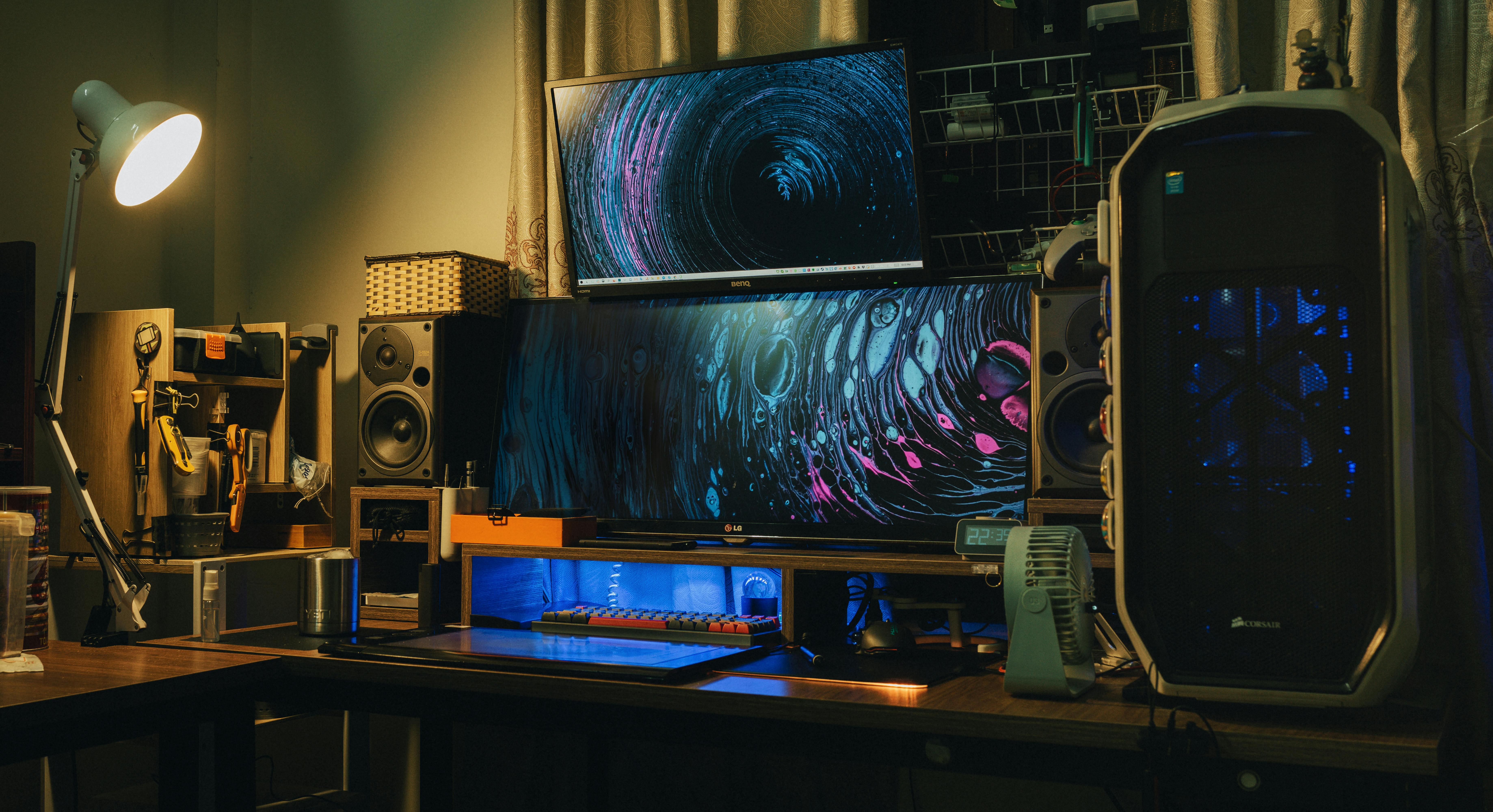Do You Need a Higher Hz Monitor for Gaming in 2025?

The demands of modern gaming have grown. Many players want sharper visuals and faster response times. Developers are pushing the limits of graphics, while online competitions reward those with precise reflexes. That shift has turned attention to monitors with higher refresh rates, measured in hertz or Hz. The question is whether these displays are still vital in 2025. Many gamers wonder if a higher refresh rate offers enough benefits to justify the cost.
Modern Gaming Requirements Can Be A Drain
Gaming in 2025 has become more demanding due to greater visual fidelity and new release schedules. Titles now feature intense graphics that push GPUs to their peak. Many popular games add ultra-realistic textures and lighting effects, but they also provide performance modes that boost frame rates. Esports has retained its strong influence, and many events put reaction times under a spotlight. Spectators want to see players perform fast maneuvers and pinpoint shots with minimal lag. Higher Hz monitors help these players maintain precision.
That said, not every game needs a high refresh rate monitor. Slots, table games, and crash games are perfectly playable at 60 Hz. While they can have engaging graphics and fun gameplay, there isn't enough to justify dropping more money on a monitor. Sites like Casumo Online Casino are just fine for low refresh rate monitors. You can place bets just as easily with a simple 1080p monitor as you can with an ultrawide 4k 144hz monitor.
What is a Refresh Rate
So, what exactly is a refresh rate? A monitor’s refresh rate refers to how often the image on the screen updates each second. A device with a 60 Hz refresh rate updates 60 times per second. A 120 Hz or 240 Hz monitor refreshes at double or quadruple that pace. Higher refresh rates reduce motion blur and help gamers detect small details during fast gameplay. They help with smoother camera pans in first-person shooters or action games. Though the difference between 60 Hz and 120 Hz is noticeable, some users wonder if going beyond 120 Hz leads to real advantages.
Refresh rates link directly to frame rates. When a game runs at high frames per second, a capable monitor can display each frame in a smooth sequence. That synergy provides a more fluid experience, which can aid with reaction speed in competitive matches. Some players report that a higher refresh rate reduces screen tearing, though technologies like G-Sync or FreeSync also play a part in sync and smoothness. As you weigh your options, consider how often you play intense games versus slower titles that do not rely on quick reactions.
Benefits of a Higher Hz Monitor
A higher Hz monitor can deliver real gains if you care about competitive performance. The fluidity helps you track movement in first-person shooters such as Call of Duty: War Zone. Each frame appears in a crisp way, so you have more time to react. This advantage may seem small, but many matches come down to fractions of a second. When your monitor refreshes faster, you lower the chance of missing crucial cues.
Another benefit is a smooth visual flow that reduces eyestrain. Rapid movements do not blur, so your eyes can track targets or moving objects without strain. This aspect is more subtle, but it matters if you play for extended sessions. Some users feel more immersed in games because the on-screen action feels more natural, though immersion depends on personal preference. A higher Hz monitor can also extend its value to non-gaming tasks that involve motion or scrolling through large documents. The overall responsiveness of the display often leads to a more satisfying experience.
Choosing the Right Setup
You should balance a monitor’s refresh rate with the capabilities of your hardware. A high Hz display works best if your computer can sustain frame rates at or near the monitor’s refresh rate. If your system struggles to reach those levels, the benefits are limited. Upgrading your GPU or CPU might be necessary before a new monitor has full impact. Some monitors allow for variable refresh rates, which adapt to the output of your system. This feature helps avoid screen tearing when your frame rate dips below the monitor’s maximum refresh rate.
Another factor is cost. While prices have dropped, higher Hz monitors still cost more than standard options. You should decide if the extra expense fits your gaming goals. If you seldom play fast-paced titles or already feel satisfied with your display, it might be better to upgrade other parts of your setup. Screen size and resolution also influence your decision. A 1440p or 4K monitor at a high refresh rate demands serious hardware. Some users prefer a smaller resolution to boost frames, while others enjoy sharp 4K visuals, though that route usually requires more power to maintain good frame rates.
At the end of the day, a higher Hz monitor is almost always better. Gaming has reached new levels of complexity and speed, and higher refresh rates often boost comfort and responsiveness. From competitive shooters to open-world adventures, the improved clarity can reveal details that might go unseen at lower refresh rates. Yet, this upgrade is not for every situation. Evaluate your hardware, your typical game library, and how you plan to spend your budget.
To read the latest guides, news, and features you can visit our Other Game Page.





